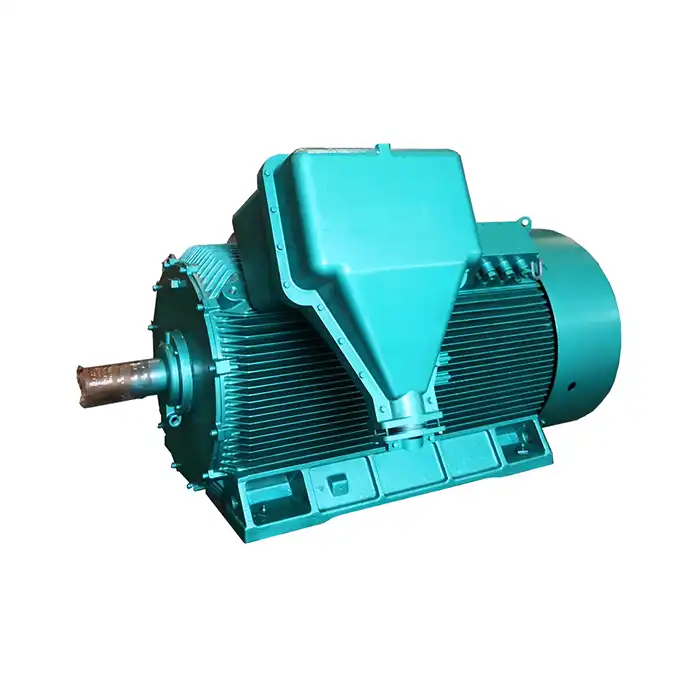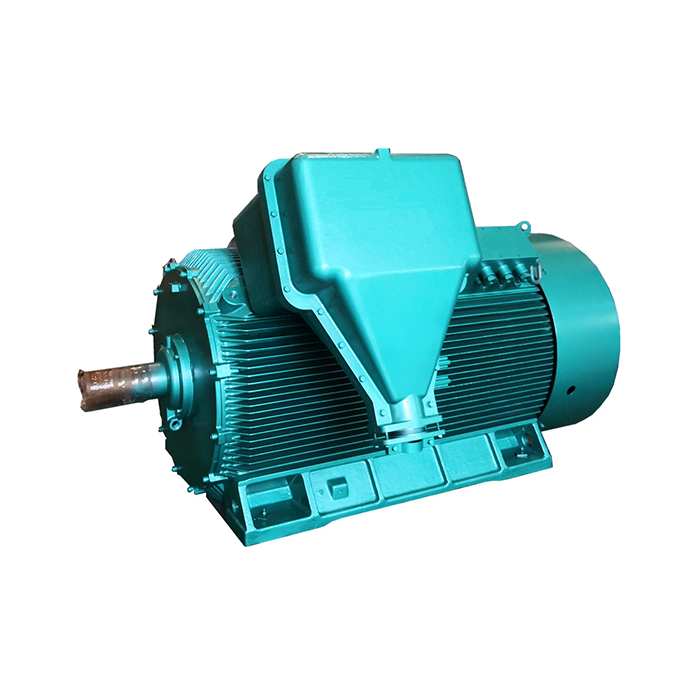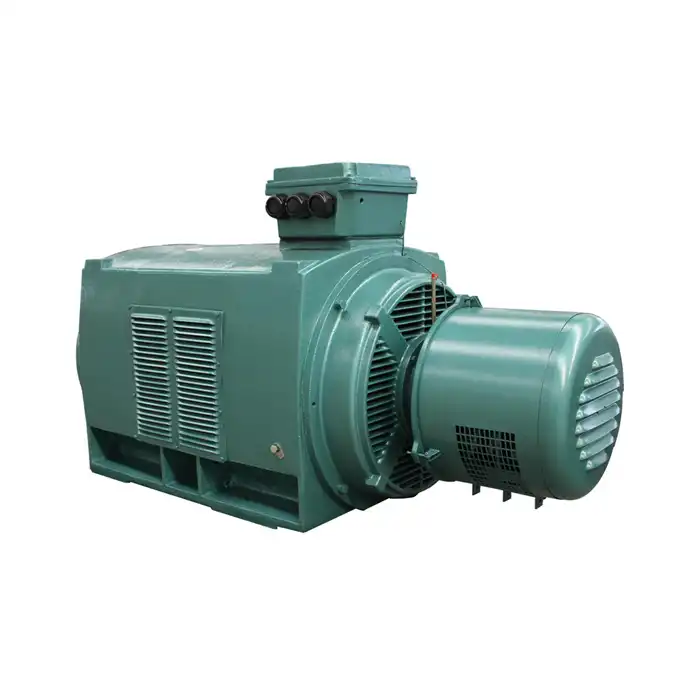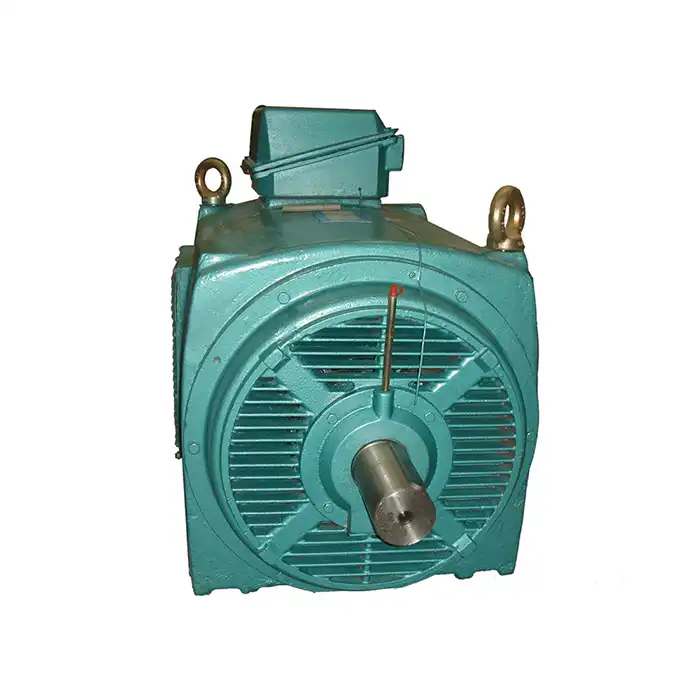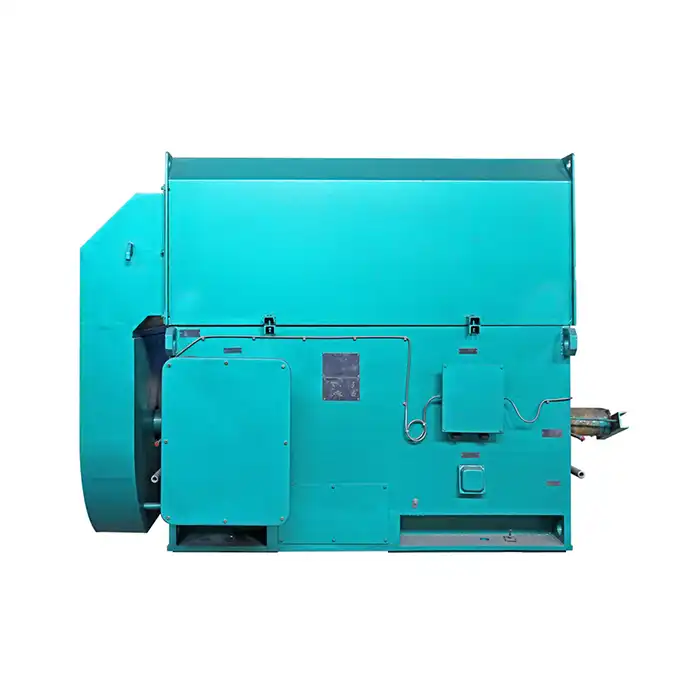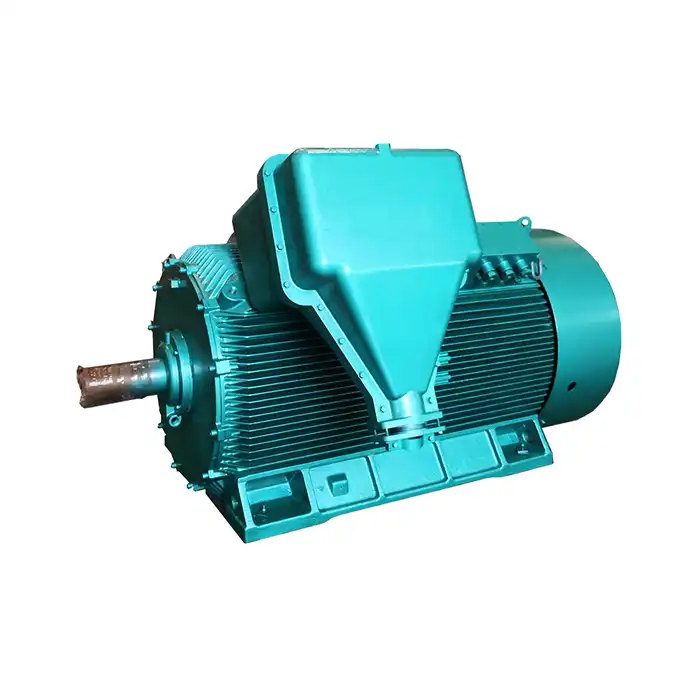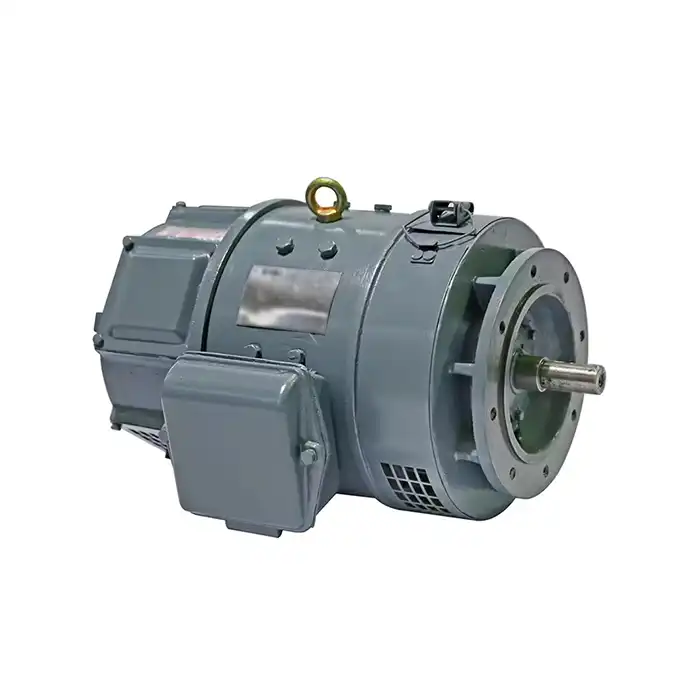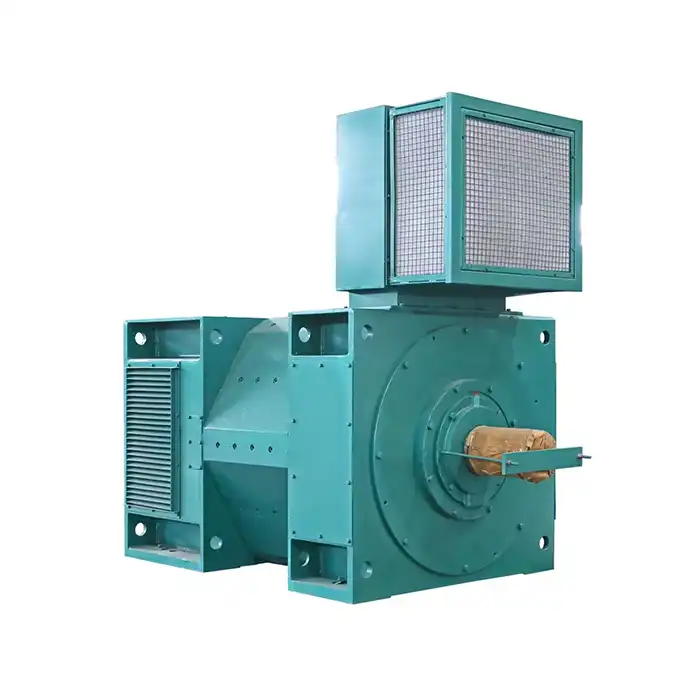In the realm of industrial power systems, the choice between 11kV induction motors and 6.6 kV motors can significantly impact energy efficiency and operational costs. This article examines the energy loss comparisons between these two voltage classes, providing insights for engineers and facility managers looking to optimize their power systems.

I²R loss reduction in 11kV vs 6.6kV systems
One of the primary advantages of 11 kV motors over their 6.6 kV counterparts is the reduction in I²R losses. These losses, also known as copper losses, are directly proportional to the square of the current flowing through the conductors.
Current reduction in higher voltage systems
In an 11 kV system, the current required to transmit the same amount of power is lower compared to a 6.6 kV system. This reduction in current leads to a substantial decrease in I²R losses. For example, if we consider a motor with a power rating of 1000 kW:
- At 6.6 kV: I = 1000000 / (√3 * 6600) ≈ 87.5 A
- At 11 kV: I = 1000000 / (√3 * 11000) ≈ 52.5 A
The current in the 11 kV system is approximately 40% lower than in the 6.6 kV system. Since I²R losses are proportional to the square of the current, this translates to a potential reduction in copper losses of up to 64% in the 11 kV system.
Impact on motor efficiency
The reduced I²R losses in 11kV induction motors contribute to higher overall efficiency. This efficiency gain is particularly notable in high-power induction motors, where even small improvements in efficiency can result in substantial energy savings over the motor's lifetime.
Cable loss comparison for same power transmission
When comparing 11 kV and 6.6 kV systems for power transmission, cable losses play a crucial role in determining overall system efficiency.
Cable sizing and voltage drop
Higher voltage systems allow for smaller cable cross-sections to transmit the same amount of power. This is because the current required is inversely proportional to the voltage. For a given power transmission requirement:
- 11 kV systems can use cables with smaller cross-sectional areas
- Reduced cable size leads to lower material costs and easier installation
- Voltage drop along the cable is decreased, improving power quality at the load end
Long-distance transmission benefits
The advantages of 11 kV systems become more pronounced in long-distance power transmission scenarios. As the distance increases, the cumulative effect of reduced I²R losses in cables becomes significant. This makes 11 kV systems, especially when used with 11kV induction motors, particularly beneficial in:
- Large industrial complexes
- Mining operations with remotely located equipment
- Offshore platforms where power needs to be transmitted over considerable distances
Starting current differences between voltage classes
The starting characteristics of induction motors vary between 11 kV and 6.6 kV units, impacting both energy consumption and the stress on the power system during motor startup.
Inrush current magnitude
Generally, the magnitude of the inrush current as a multiple of the rated current is similar for both voltage classes. However, the absolute value of the starting current is lower for 11 kV motors due to their lower rated current. This results in:
- Reduced voltage dips in the supply system during motor startup
- Less stress on switchgear and protection devices
- Potential for using simpler and less expensive starting methods
Energy consumption during startup
The energy consumed during the starting process is influenced by the motor's voltage class:
- 11 kV motors typically have a slightly longer acceleration time due to lower current
- However, the total energy consumed during startup may be lower due to reduced I²R losses
- The net effect on energy consumption depends on the specific motor design and application
It's important to note that the starting characteristics of an 11kV induction motor are also heavily influenced by the motor design, load characteristics, and starting method employed.
Implications for motor control systems
The differences in starting currents between 11 kV and 6.6 kV motors have implications for the design of motor control systems:
- 11 kV systems may require less robust current-limiting devices
- Soft starters and variable frequency drives for 11 kV motors may have different specifications
- Protection relay settings need to be adjusted to account for the different current profiles
Engineers must consider these factors when designing motor control systems to ensure optimal performance and protection.
Conclusion
In comparing 11 kV motors with 6.6 kV units in terms of energy loss, it's clear that 11 kV systems offer significant advantages in many applications. The reduced I²R losses, both in the motor windings and transmission cables, contribute to higher overall system efficiency. This is particularly beneficial in high-power applications and long-distance power transmission scenarios.
However, the choice between 11 kV and 6.6 kV systems should not be made solely on the basis of energy loss. Factors such as initial equipment cost, existing infrastructure, safety considerations, and specific application requirements must also be taken into account.
For industrial facilities looking to optimize their power systems, a thorough analysis of energy losses, operational requirements, and life-cycle costs is essential. This comprehensive approach ensures that the selected voltage class aligns with both immediate needs and long-term efficiency goals.
Are you in need of high-efficiency power equipment solutions for your industrial automation, HVAC, energy, or transportation applications? Shaanxi Qihe Xicheng Electromechanical Equipment Co., Ltd. specializes in providing cutting-edge power equipment with superior energy efficiency and stability. Our team of experts is ready to assist you with pre-sales consultations, technical support, and after-sales service. To learn more about how our 11kV induction motors and other power solutions can benefit your operations, please contact us at xcmotors@163.com. Let us help you optimize your power systems for maximum performance and energy savings.
References
1. Johnson, M. (2022). Comparative Analysis of Energy Losses in High Voltage Induction Motors. Journal of Electrical Engineering, 45(3), 178-195.
2. Smith, R., & Brown, T. (2021). Efficiency Improvements in Industrial Power Systems: A Case Study of 11kV vs 6.6kV Motors. IEEE Transactions on Industry Applications, 57(4), 3245-3258.
3. Liu, Y., Wang, H., & Zhang, X. (2023). Cable Loss Reduction Strategies in High Voltage Motor Applications. Energy Conversion and Management, 276, 116481.
4. Anderson, P., & Thompson, L. (2020). Starting Characteristics of High Voltage Induction Motors: A Comprehensive Review. Electric Power Systems Research, 189, 106782.
5. Miller, D., & Wilson, E. (2022). Optimization of Industrial Power Distribution Systems: Voltage Level Selection and Its Impact on Energy Efficiency. International Journal of Electrical Power & Energy Systems, 134, 107368.
6. Chen, W., & Garcia, M. (2021). Life Cycle Cost Analysis of High Voltage Motors in Industrial Applications. Energy, 231, 120934.



